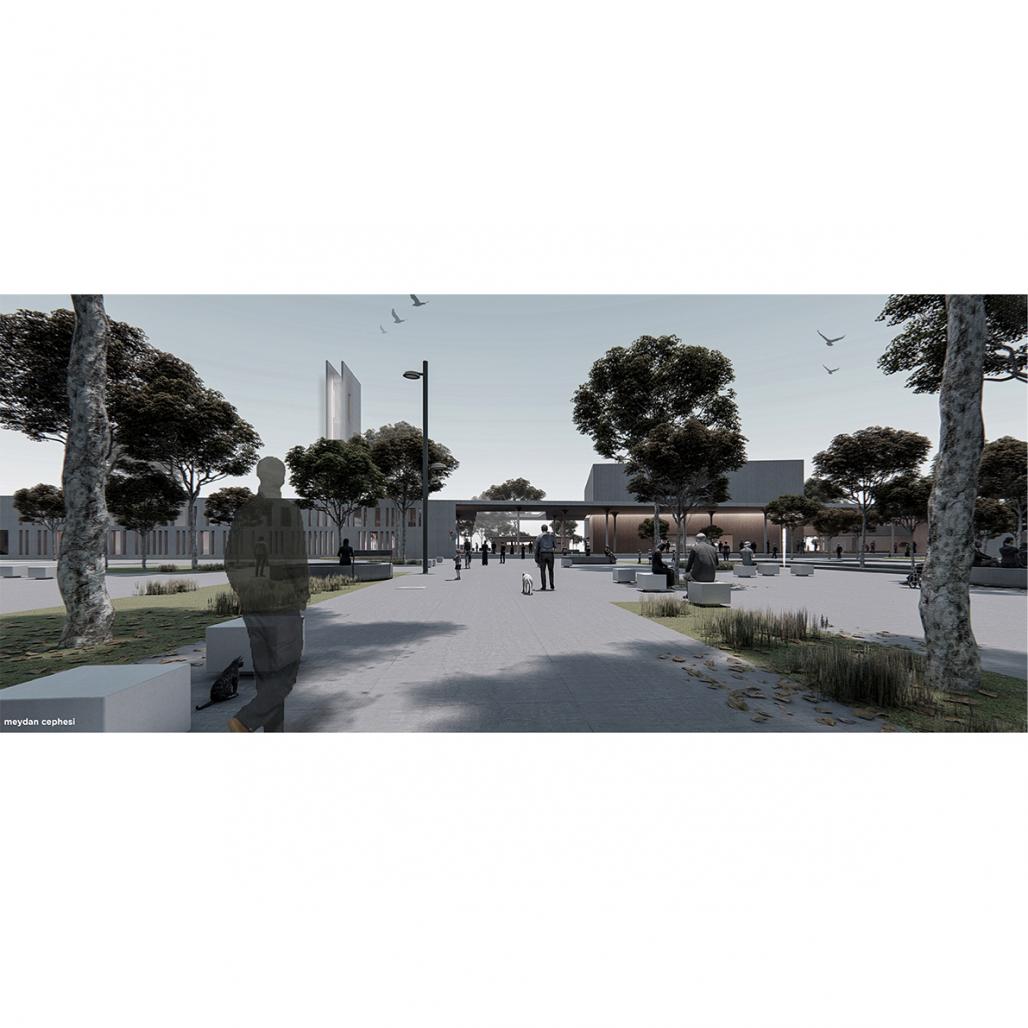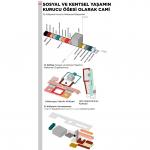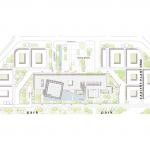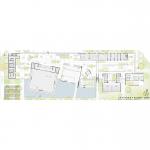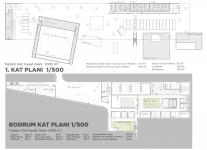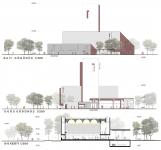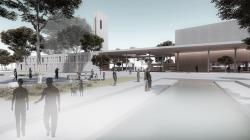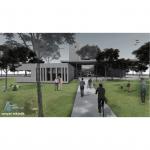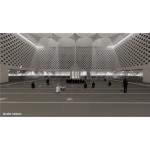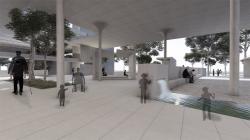Architecture is to intervene in the relationship between people and the environment. In the course of this intervention, many factors, such as culture, belief, environmental conditions, climate, production relations as well as physical and spiritual needs, and technical knowledge of human being as an individual and social entity, are decisive.
As a matter of fact, Anatolian geography which has a fertile architectural diversity proves that. The source of this diversity is that the features of different geographies take place in the spatialization of building types such as house or mosque. This situation is important to understand that the equivalence of similar types of structures produced in today’s architectural environment is far from architecture.
For example, in the South-eastern Anatolia region, how a traditional house differentiates from other regions in terms of its architecture, a structure that is considered as sacred as the mosque is so different as well. For this reason, the basic problem in terms of architectural design is related to understanding the effort in the formation of these types of buildings in order to make the life of the local user easier and comfortable.
2019
0000
Ground Floor Area; 1839 m²
Total Area ;5790 m²
Ayhan USTA (Architect, Prof.Dr)
Gülay USTA (Architect, Prof.Dr)
Ali Kemal ŞEREMET (Architect)
Onur Çalışkan (Architect)
Beyza Portakal (İKÜ, Architectur Student)
Harun Başaran (İKÜ, Architectur Student)
Rıfat Furkan Aksal (İKÜ, Architectur Student)
Satüm Kadir Bal (İKÜ, Architectur Student)
İbrahim Ethem İlalan (Architectur Student)
Yavuz Dakes (İTÜ, Architectur Student)
